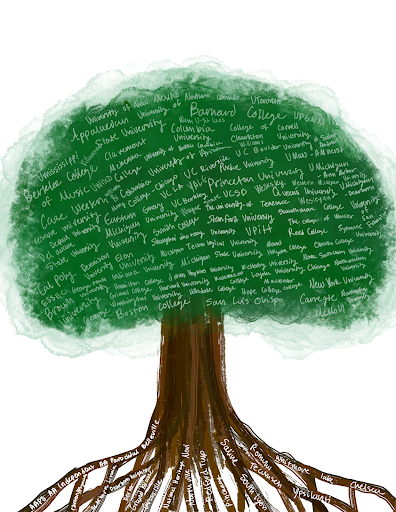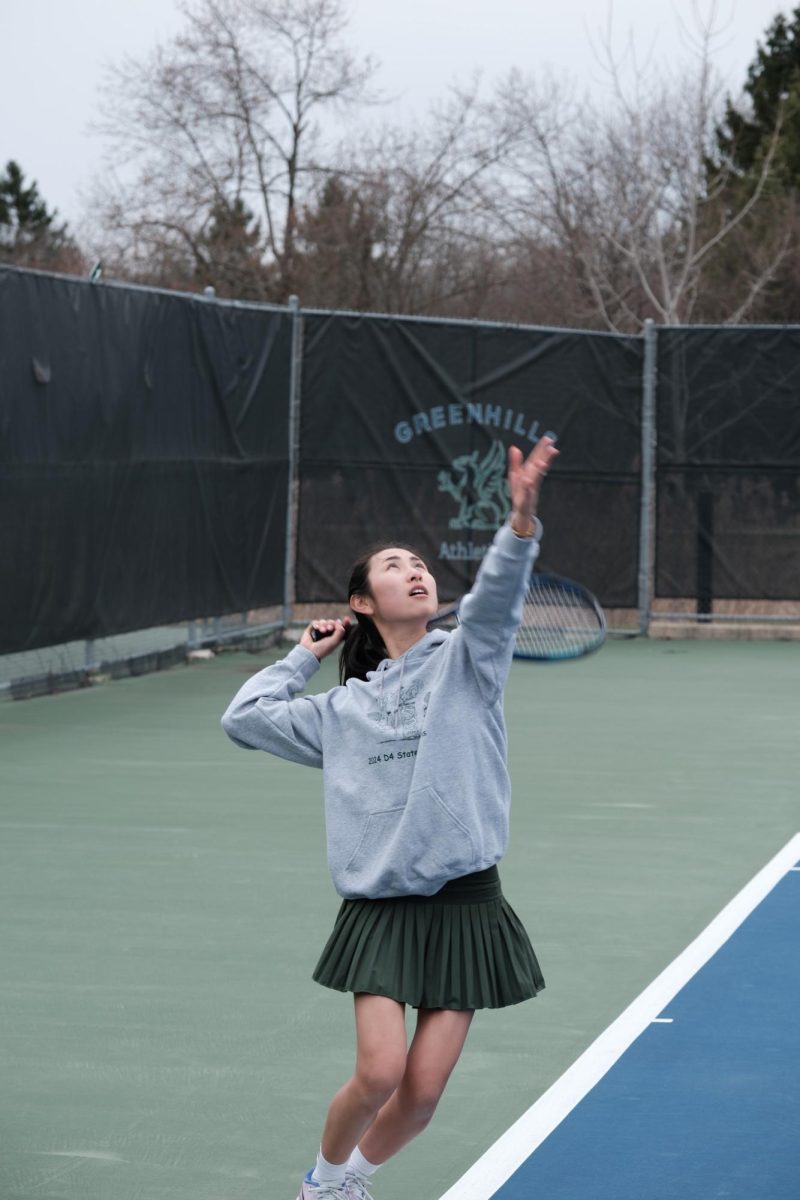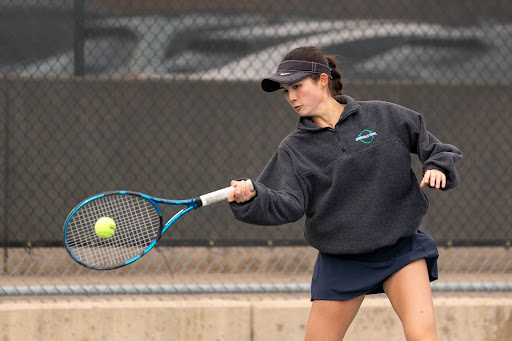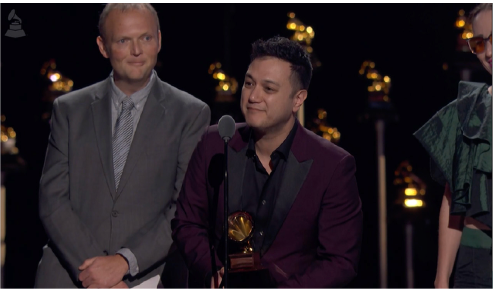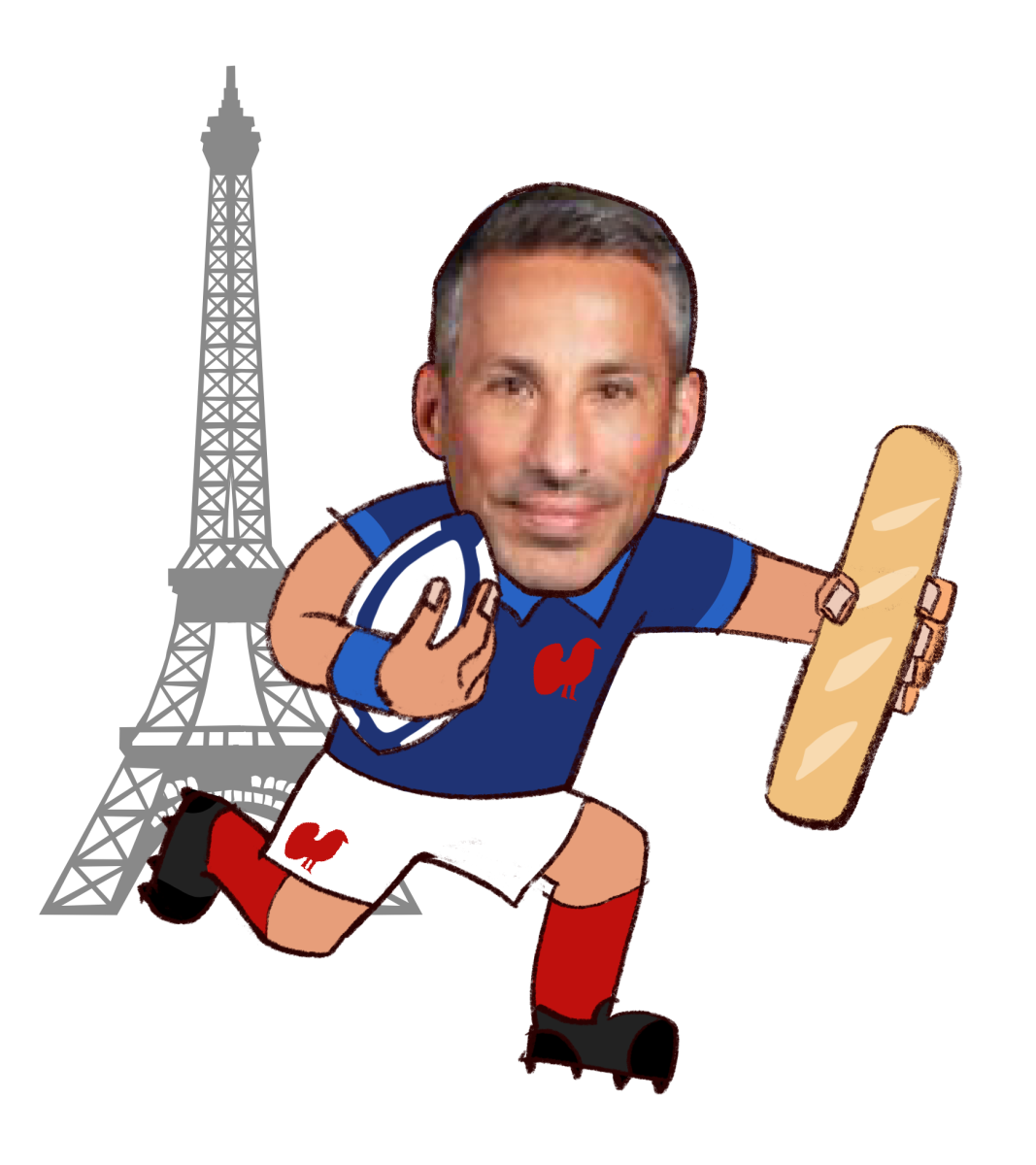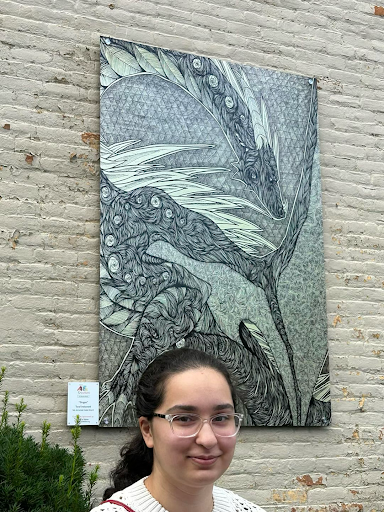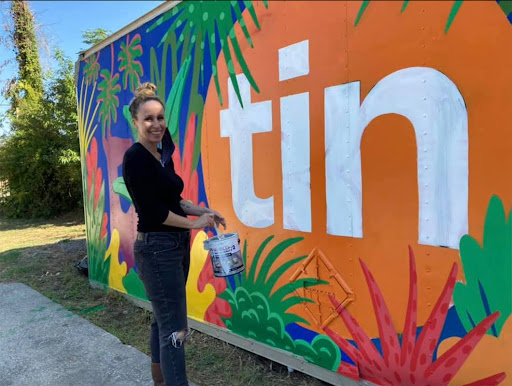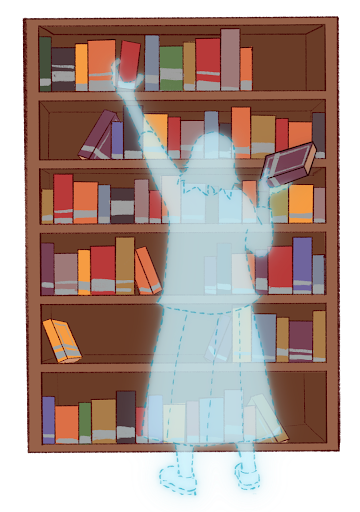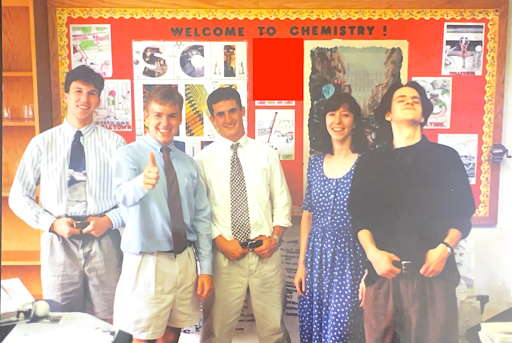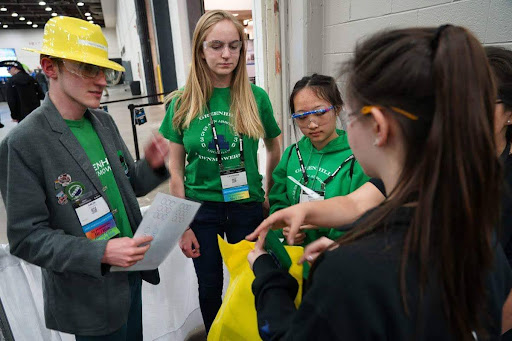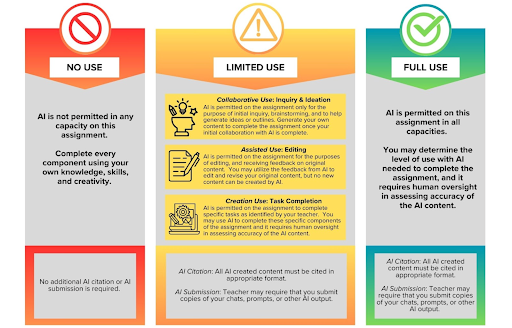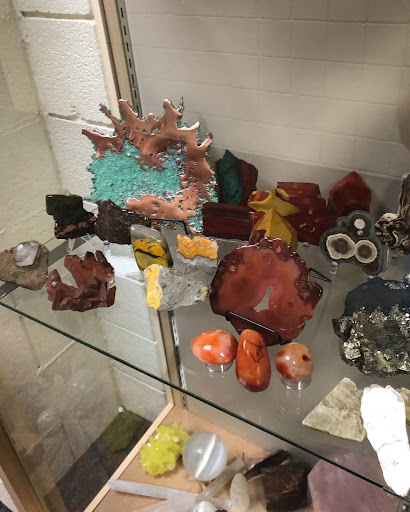Civic Engagement
Department: History and Social Sciences
Grades offered: 9-12
“Students will be investigating what it means to be engaged in your community,” History and Social Sciences Department Chair Karin Scott said. “I would argue that when you look at the mission of Greenhills, this is a central question that we are trying to impose on students during their time here. It will be an opportunity for students to look at the history of social activism and combine it with their own social justice interests, ultimately finding a civic action project that they can craft and work out throughout the semester, while also engaging with the different organizations that we already have relationships with from our Service Learning Program.”

Producing a Show
Department: Fine and Performing Arts
Grades offered: 9-12
“I’m excited for Gary to bring this class to students because it gives students who haven’t seen themselves as an actor or performing an opportunity to still get involved in theater,” Fine and Performing Arts Department Chair Liz Wilson-Hill said. “Students will either choose an already existing play or develop one of their own to produce and present. They’ll do research into lighting, sound, costume, budget, and venues, so it’s project-based learning. They don’t have to act in it if they don’t want to, so they can find actors for it and they can direct it. So it’s meant to appeal to a wider range of students who maybe are not interested in acting, but still interested in the experience of being a producer of something and seeing it go from an idea on paper to coming to life. It’s an exciting new way to think about theater and I hope that it appeals to a bunch of kids who wouldn’t have otherwise taken a theater course.”

AP Art Portfolio
Department: Fine and Performing Arts
Grades offered: 10-12 with teacher recommendation
“There are a lot of really talented artists at Greenhills, and they deserve to have a higher level class where they can get into creating a portfolio of work that can serve them in getting into art school if they so desire, but in the very least, it’ll give them an opportunity to really do a sustained investigation in a particular area of interest,” Wilson-Hill said. “It’s a year-long course, and we’ve only ever had semester courses for the visual arts. After an initial quarter of teacher-led exploration, students can pick their specialty and develop an inquiry question around it. They can do research and just go deeper than they’ve ever been able to before, simply because of the course length and that the teachers are able to guide them through that and a more focused way. This is a dedicated space and time for students who really want to take their art to that next level. It is strictly visual arts, but within that, they can do graphic design, ceramics, painting, drawing, and photography.”

Solar and Planetary Astronomy (last ran during the 2019-2020 school year)
Department: Science
Grades offered: 11-12 with Earth, Solar System, and Universe prerequisite or teacher recommendation
“It’s a super fun course if you’re interested in astronomy,” science teacher Deano Smith said. “It focuses on both solar, so our Sun and stars in general, because we learn about other stars by our local star, the Sun, and planetary, meaning that we look at planets in the solar system. [This class is great for you] if you’re into space probes, how we explore different planets, how we design and send a spacecraft out, and all the cool stuff that we’ve learned about planets and a little bit of the history of planetary exploration. We’ve had a Mars rover team in the past and there used to be a big Mars rover competition. We explore the moons of Jupiter and the possibility of life and the solar system.”

Astrophysics and Cosmology (last ran during the 2019-2020 school year)
Department: Science
Grades offered: 11-12 with Earth, Solar System, and Universe prerequisite or teacher recommendation
“We will go beyond the solar system as we look at some of the big questions, like, ‘Can we do interplanetary space travel?’,” Smith said. “There are some really cool ideas about that, like maybe our solar system was visited by something from another civilization, so we’ll talk about that a good bit. Then we will go out and look at bigger structures, like, What is the Milky Way Galaxy? How do we even know what it looks like since we’re inside of it? What are galaxies like? What are black holes and where do they form and how do they form? There are black holes at the center of almost every galaxy, so we’ll talk about black holes and if you can time travel through them. [We will also discuss] the ultimate fate of the universe. What’s happening? The universe is expanding, expanding, expanding. Is it going to collapse back on itself? Is it going to keep expanding? What’s gonna happen to the universe in the long run?”
Additional changes:
Advanced Biology, Advanced Chemistry, Advanced Calculus-Based Physics, and Advanced U.S. Government and Politics will be referred to as Advanced Placement (AP) Biology, AP Chemistry, and AP Physics C, and AP U.S. Government and Politics, respectively.
Financial Applications will be referred to as Personal Finance Applications.
Art Photography Advanced will be referred to as Art Photography Honors.
All semesters of Ceramics past one’s first semester of Ceramics will be referred to as Ceramics Honors.



